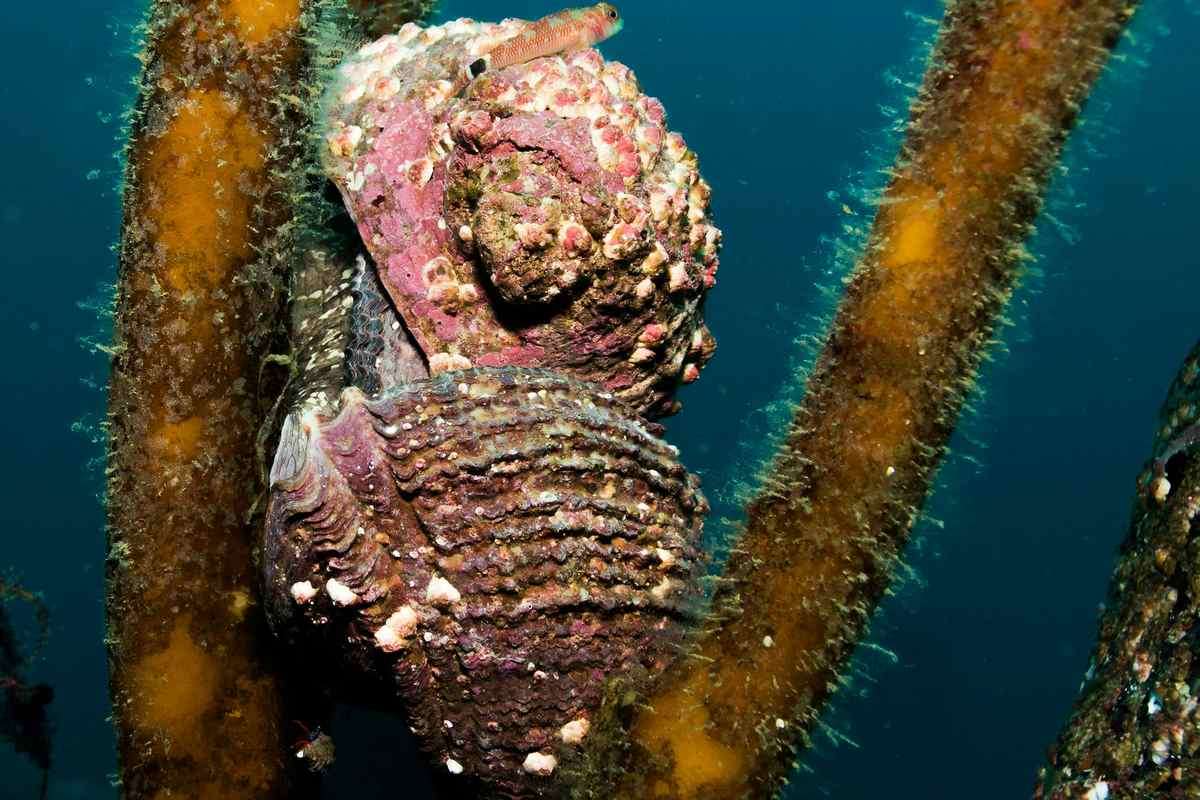The Retirement Cat Village Where Elderly Strays Live Out Their Days in Mini Cottages
The retirement village sometimes is able to rehome the elderly cats but otherwise, they live out the rest of their lives there.

An Endangered abalone whose blood could hold a cure for cancer has been crowned "International Mollusk of the Year."
Though it's not much to look at, the Chilean abalone, a large, carnivorous limpet with a heavy shell, got more than 40% of the public vote, conferring them the grand prize—a full genome sequencing.
Chilean abalone Juan Diego Alvarez accepted the prize on his species' behalf at the Senckenberg Natural History Museum in Frankfurt where voting partially took place, calling the victory "one shell step for man."
All kidding aside, the cultural, ecological, and potentially medicinal value of the species is hoped to have been amplified by the news of the award. The abalone's numbers were drastically diminished in the late 20th century due to overfishing.
A component in its blood has been shown recently to be effective against bladder and prostate cancer, and in its natural habitat, it's a top predator that's important for keeping its own little food web in balance.
"…A component of its blood, the oxygen transporter haemocyanin, also shows an immunotherapeutic effect against some types of cancer," said competition judge Dr. Carola Greve, lab manager at the LOEWE Translational Biodiversity Genomics Centre, where the abalone's genome will be completely mapped out.
"So, the genomic analysis can not only help to explore adaptation strategies and different populations in the large distribution area, but also to discover new molecules with pharmaceutical importance."
Although mollusks form the second largest animal phylum after arthropods (insects), the genomes of only a few mollusk species have been completely sequenced so far.
Accordingly, little is known about the genomic basis for the diversity of the species, their adaptive abilities, or the natural products they produce.
This abalone, Concholepas concholepas, is actually not an abalone at all, the chief difference being that abalones are herbivores and this one is a carnivore that belongs to the family of Murex snails.
The competition received a total of 4,309 votes from all over the world, the Chilean abalone received the most with 1,798 votes.
It is followed in second place by the wavy bubble snail, Micromelo undatus with 970 votes, the giant deep-sea oyster Neopycnodonte zibrowii, and the thick-horned nudibranch Hermissenda crassicornis.
"Together, we are getting closer to our goal of publicly showing the enormous biodiversity of mollusks and arousing enthusiasm for these often underestimated organisms, many of which perform important tasks in their respective ecosystems," said Professor Julia Sigwart, Section Head of the Department of Malacology at the Senckenberg Research Institute.
SHARE This Mollusk's Great Triumph With Your Friends…
Be the first to comment